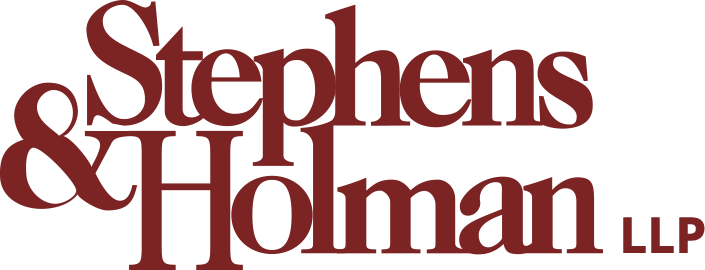Sellers and manufacturers of products brought to consumer markets are required by law to ensure their products are safe for human use. These laws reflect the basic standards and expectations consumers have regarding product safety. The Canadian and British Columbian governments set formal legal standards codifying these reasonable expectations to prevent harm and establish a system of consumers’ rights. Despite these safeguards, thousands of Canadians a year are harmed by defective products.
Consumer rights allow for all individuals hurt by a product—not just those who’ve purchased it—to pursue defective product claims against those liable for making, selling, and distributing defective products. Successful claims can see financial damages awarded to victims, compensating them for the health effects defective products can cause.
Defective Products and Product Liability Law
Product liability law defines the legal standards for product liability and establishes the consumer’s right to seek damages. It also defines who can be held liable for defective products.
BC’s Sale of Goods Act affords rights to a number of individuals who are hurt by a defective product. At the federal level, Canada Consumer Product Safety Act protects consumers from defective products and requires companies to test for and document defects and other hazards.
A defective product could reflect failures at multiple points in a product’s supply chain, making more than one company liable for harm. Manufacturers, sellers, distributors, and retailers can all potentially be held responsible for the harm caused by a defective product.
Who can pursue damages under product liability laws?
There are misconceptions about who can file a product liability claim. A defective product doesn’t just hurt the person who purchased it. Anyone who comes into contact with a defective product and the harm associated with it could potentially have a product liability case.
Owner of the defective product: The product’s purchaser is typically included in a list of individuals harmed by a product and is the most common plaintiff in product liability cases. The buyer can make a claim even if they aren’t harmed physically. Their claim may include property damage or breach of warranty exclusively or in addition to physical harm. Damages may include a range of compensable losses that include loss of property, costs related to purchasing the product, and any significant emotional harm caused by the product, as well as income lost due to the defective product.
An injured child’s parent or legal guardian: Children are particularly vulnerable to the effects of defective products. Products harmful to children could include those intended for use by children or products that are not clearly marked or safeguarded from use by children. Children’s parents and guardians would be the ones to file a claim if their child was hurt by a product, even if they did not purchase it. Defective product claims involving children could involve product liability as well as wrongful death, personal injury, or medical malpractice depending on the product, the injuries it caused, and the circumstances under which the product was used.
Injured third parties: Those who can make a defective product claim are not limited to the buyer or even those who directly engage with the product. Anyone who comes into contact with a defective product and is impacted by its ill effects may have a claim. This could include someone who received the product as a gift or secondhand. It also could include non-users of a product who are harmed by a product someone else owns or operates.
Groups of victims: It isn’t uncommon for a product liability case to become the subject of a class action suit. Defective products, especially those with improper labeling, fraudulent marketing claims, and a failure to warn could be subject to class action.
In Canada, class action involves an individual making a legal claim on behalf of a larger group. Check the national database to see if the product in question is part of a larger class action product liability claim.
Types of Defective Products
The type of defect can impact the ability of any of the above mentioned parties to make a claim. There are three types of defects under British Columbian law:
Manufacturing defects: This defect occurs when the design is otherwise safe but something during the manufacturing process caused the end product to be unsafe. It could affect a single product or all instances of that product.
Design defects: The product, as it’s designed, poses an unreasonable risk to those affected by the product.
Marketing defects: Marketing defects occur when the manufacturer fails to adequately warn of a product’s risks or provide proper instructions for its use.
Types of Defective Product Claims in British Columbia
Product liability claims in British Columbia involve demonstrating that liable parties were negligent in their manufacture, their design, or in their failure to warn. Defective products can give rise to the following liability claims:
Design Defect Claims: Design defect claims are based on product designs that are inherently unsafe. For example, a child’s toy that’s small enough to swallow.
Manufacturing Defect Claims: This claim requires proving that the manufacturer acted recklessly and negligently when fabricating a product. Common examples include improperly attached, installed, or manufactured parts.
Failure to Warn Claims: These claims include products that can be unsafe when their dangers are not made apparent by the manufacturer or seller. This is called a “duty to warn” and is an obligation that extends beyond the point of sale.
Breach of Warranty Claims: This claim is made when a product fails to fulfill the assurances legally guaranteed by its warranty. Warranties can be expressed (stated) or implied (unstated).
